Table of Contents
Log cabins in all their styles and sizes are popular all over the world. Homeowners enjoy them in the U.S., Scandinavia, the United Kingdom, Europe, Russia, and even Asia. Surprisingly, Log Cabins are thought of as an American Icons, their origins are elsewhere.
Log cabins are known for their versatility because they are used for many purposes. They regularly meet these needs in the U.S. for:
- Full-time homes • Retail Stores
- Vacation homes • Office Buildings
- Rental houses • Veterinarian Facilities
- State & National Parks • Campgrounds
- Retirement Homes • Display Homes
If you’re thinking about building a log cabin or log home, consider incorporating a few European features to create a unique structure.
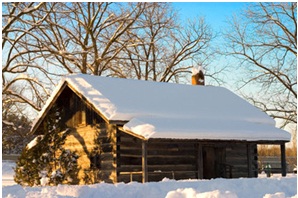
Origins of Log Cabins and Homes in Europe
The log cabins that began appearing in the American Colonies in the 1600s had their beginnings in European countries like Sweden and Finland. Swedes and Finns immigrated to the Delaware River area about 1638 and built log cabins. The English, Irish, Scottish, German, and other ethnic groups saw the utility of these homes built with simple tools and available trees and built their own cabins.
The Scandinavian peoples did not realize the innovative log cabins would benefit the colonization of the New World. St the time, They also did not comprehend that their building techniques would result in a true American icon.
Why the Colonists Adopted Log Cabins
Many of the early settlers were poor and could not afford to buy or build a nice home. As they moved into the frontier, they found plentiful trees that came with the land. Subsequently, with them and an axe or saw, they were able to convert these resources into small, simple homes. It required cutting down some trees and pulling up or burning the stumps to start a homestead.
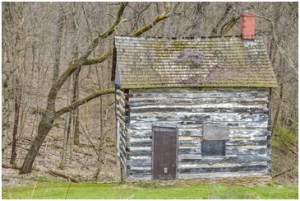
With the help of others, settlers could build simple one-room houses without nails, screws, or metal roofing within a matter of weeks in good weather. Their families lived in them while they began cultivating the land. Some would add rooms to the cabins or build larger ones after their farming operations were up and running.
Another reason they built log cabins was because it was not a major loss when they moved on to ‘greener pastures.’ They simply packed up their families, animals, belongings, moved to a new area, and built another log cabin.
“Log cabins are known for their versatility because they are used for many purposes. With the help of others, settlers could build simple one-room houses without nails, screws, or metal roofing.”
Features Unique to European Cabins
European, and especially Scandinavian log cabins, were larger than the simple structures made on the American frontier. They were typically hewn to create flat walls that made them look more like traditional houses. Most had either larger or more windows and larger, sturdier doors. They used sliding boards that fit between the courses of logs to cover windows whereas American cabins had window holes covered with cloth, animal skins, or boards.
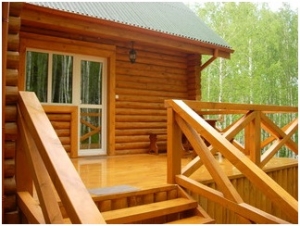
Scandinavians built stone fireplaces in corners of rooms instead of in the middle of walls. They used low-pitched roofs and floors of hard-packed clay instead of wood. As a rule, many people covered their roofs with dirt and grass. Similarly, the colonists copied the mud, clay, straw, grass, or animal hair used for chinking between the logs.
The standard size pioneer U.S. cabin measured 16’x20’, had one room, two doors, a fireplace, and a few windows. At first, they were made with round logs because they were simpler and faster to erect. As time passed, more were made with flat, hand-hewn logs like the Swedes and Finns.
These Features Became Popular in America
Many of the European cabin features became popular in the U.S. among low-income families:
- Firstly, Improved window coverings like wood shutters
- Secondly, Dirt floors that later gave way to pine floors
- Overall, Flat, square logs as well as round ones
- The same materials were used as chinking
- Flat roofs in the plains states in the 1800s
Two features that did not become popular in the Eastern U.S. were flat roofs and corner fireplaces. Presently, we tend to install fireplaces and wood stoves in the center of the walls. Log cabins and log homes are enjoyed by people from all walks of life in America. These homes have market values ranging anywhere from $50,000 to $2,000.000 or more.
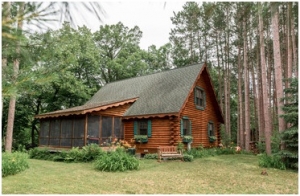
Use Log Siding for the Most Economical Cabin
The most economical way to build a log cabin in either the Scandinavian or traditional American style is with pine log siding. In a word, you get the full log look without the full log price and hard work. Check out these building materials and get started on your dream log cabin or log home today.





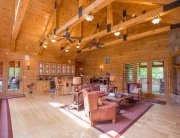

Recent Comments